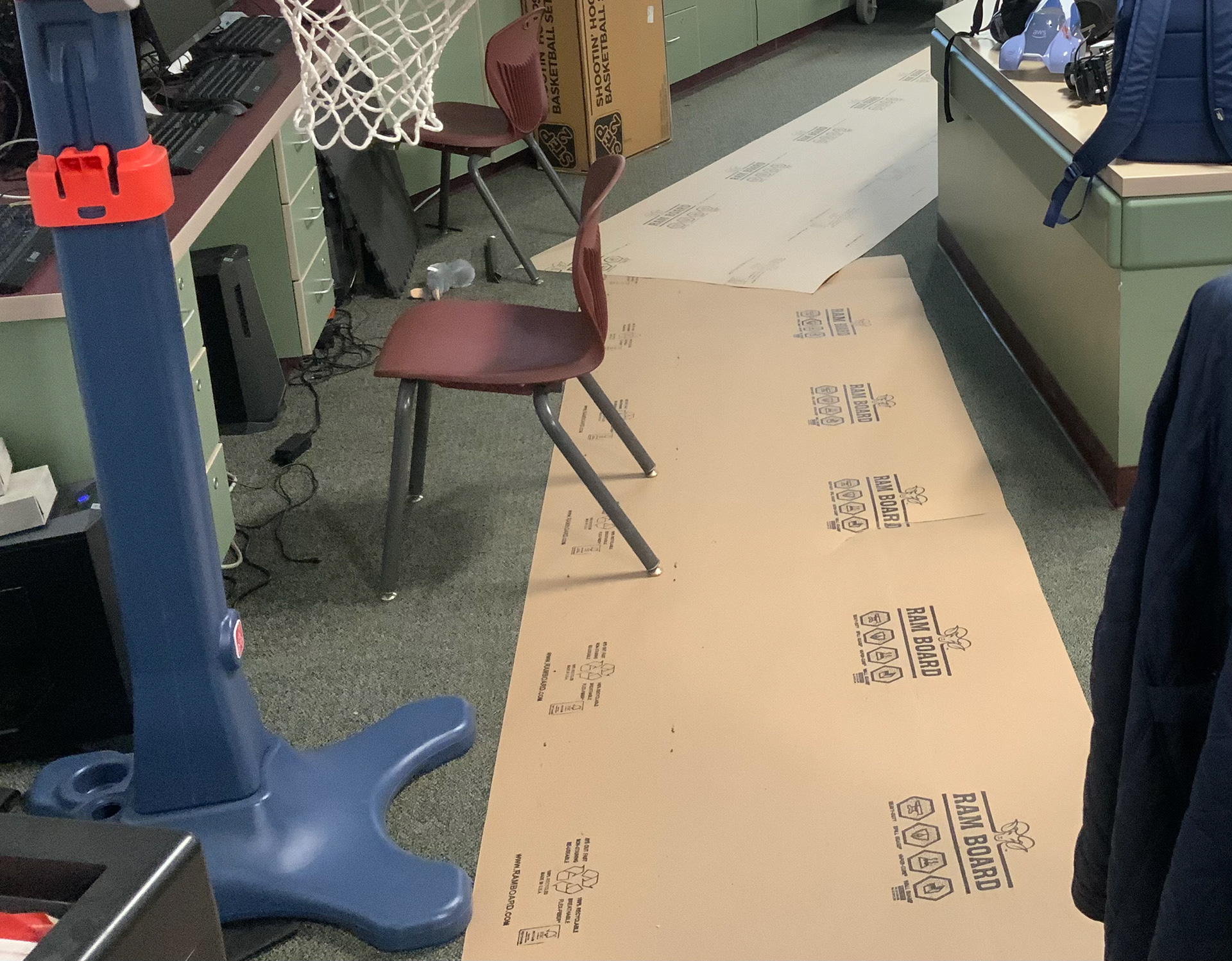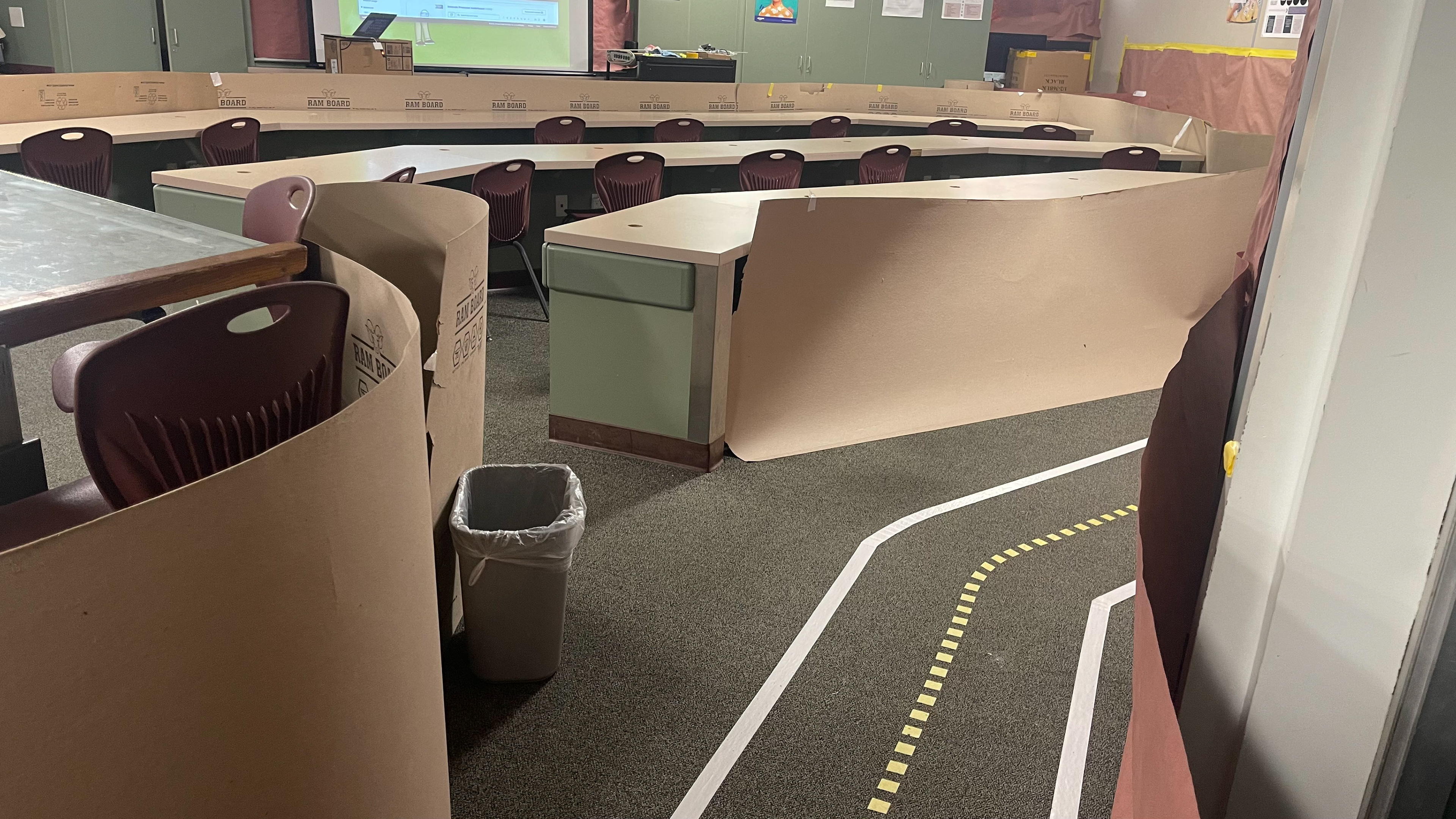Computer Science
Computer Science in the 21st Century is different. It is a combination of software and hardware, networks and data. Since being declared an Amazon Cloud Ambassador in 2019, I have been adding a Machine Learning component to our Computer Science classes. It is a natural fit as students are required to write reward functions in the Python programming language.
In my advanced class, AP Computer Science A (APCSA), I require students to write this function as a reward class. Here students work with the class composition model which is a requirement for the APCSA exam.
After their agent has trained, they then compete in a global, virtual race which allows them to win prizes and global recognition. If their model reaches the top 10 in the world, they are deemed DeepRacer Pros and can qualify to go to Las Vegas for the Re:Invent DeepRacer Championship.
The DeepRacer component makes computer science fun, exciting, and attainable for all levels of coding knowledge.
Building a DeepRacer Track
Building a DeepRacer track can be a fun and rewarding experience. Here are some steps to help you get started.
You can build a DeepRacer track indoors or outdoors. If you're building an outdoor track, make sure the surface is smooth and even, and there are no obstacles that could interfere with the car's navigation.
Here at South Hills High School, we determined that we needed two tracks. One inside the classroom and one that is mobile that could be installed anywhere throughout campus. Building a track that can be used anywhere on campus can help promote the program and draw more students into the pathway. It can also be utilized to host racing events with other schools or clubs.
Mobile Track
Classroom Track
Our mobile track utilized 2’ X 2’ foam panels. The mobile track was so large that we had to build it in sections at a certain point in the classroom. We laid out the permanent track directly on the carpet in the class. .
Students found efficient ways to get the job done!
Students made templates to be more efficient in cutting all the center lines.
Using a chalk line lined everything up nicely on the straight aways.
We used 2” white duct tape for the white lines and 2” yellow duct tape cut into 1” wide strips for the center line. For the classroom we used 1” yellow masking tape cut into 1” strips for the center line. We only used masking tape because it worked well with the carpet, it was only later that we discovered that duct tape was a stronger option.
These students weren't in a CS class but wanted to help
Students using their new tool
A chalk line was used to assure everything ran parallel. We also used string and a “Chalk Writer” to do the curves.
A neat invention that the kids came up with was a metal ruler/T-square mix. Both items had a hole probably used for hanging more than anything else, but as you can see, it became a great tool to get the exact turning radius. If not already invented, a tool like this should be made available at the local hardware store 😉.
Tools used in the building of the DeepRacer track
These were the tools used on both the classroom and the mobile track. Not included are the rags and spray water bottle used when lines didn’t seem to quite make sense. With the Chalk Writer, we just erased and started again. A resounding round of applause 👏 for the creator of these fantastic pens. Pick them up at a dollar store for $1.25 🤔.

Rose Construction Paper

Ram Board

There was only one way in and one way out to their seats

With a permanent track a model can be evaluated at anytime.

Clear Alleys

Rose Paper gives the model a clear path.
If you are building a classroom track, it is beneficial to start thinking about how to protect the track from foot traffic from your students. I used rose-colored construction paper at first but it was difficult to have the entire track covered and the foot traffic soon turned the paper into what my students deemed as salad. I was then able to get some “Ram Board” donated and 3 things came from it.
1. It easily took foot traffic and never broke down.
2. It allowed me to put the rose paper on the walls to help the car quickly determine its surroundings
3. When tipped up, it provided a great interior wall as seen above.
A huge shout out to the following articles for all the technical help for measuring angles and grid alignment for the mobile track:
Guide to Creating a Full re:Invent 2018 DeepRacer Track in 7 Steps
https://thecattlecrew.net/2019/02/12/how-to-build-a-deepracer-track/
https://thecattlecrew.net/2019/02/12/how-to-build-a-deepracer-track/
These articles gave us a real head start on building our track. I am not recreating these articles here, and I recommend anyone that wants to build a track, print these articles and study them.
Here are some online resources you can use to learn more about building a DeepRacer track:
DeepRacer Community: The DeepRacer Community is a forum dedicated to all things related to DeepRacer, including building tracks. You can find valuable information and tips from other enthusiasts who have built tracks.
AWS DeepRacer Workshop: AWS offers a free online workshop on how to build a DeepRacer track. The workshop covers the basics of track design, including creating the track surface, adding borders, and barriers.
DeepRacer E-book: The DeepRacer E-book is a free resource that covers everything you need to know about DeepRacer, including track building. The e-book provides a step-by-step guide on how to build a track, along with helpful tips and best practices.
YouTube Tutorials: There are several YouTube tutorials available that cover the process of building a DeepRacer track. Some popular channels include AWS DeepRacer, XPO Technology, and MyAWS Guru.
DeepRacer Slack Channel: The DeepRacer Slack Channel is a community-driven resource where you can ask questions and get feedback on your track design 👍🏽.
These are just a few resources you can use to learn more about building a DeepRacer track. Remember, building a track is a fun and creative process, so don't be afraid to experiment and try new things!
Building a DeepRacer track requires careful planning and attention to detail. With the right materials and tools, it is possible to build a track that provides a challenging environment for training and testing autonomous driving models.
